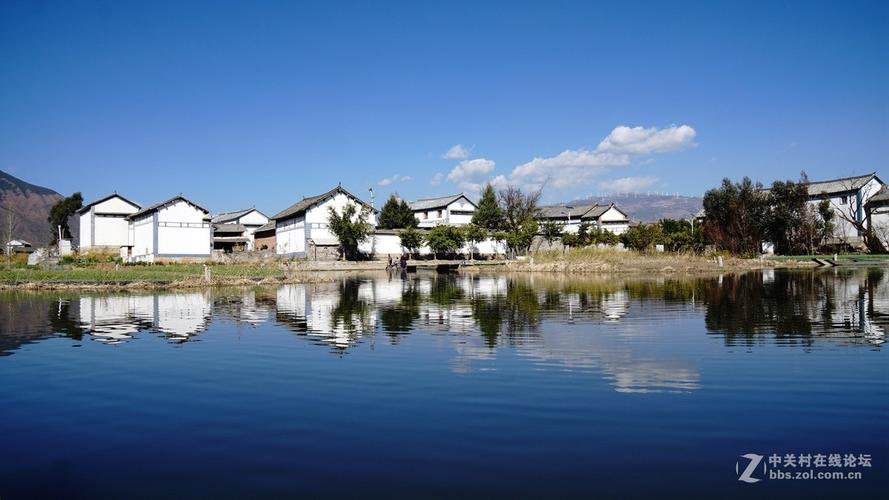The Philippines is a land of myriad ethnicities and cultures with a rich history and tradition. This diversity is reflected in its popular culture, which has been shaped over time by influences from various sources, including Spain, America, Japan, and indigenous groups.
In Module 7 of the Philippine Popular Culture course, we explore this diversity in depth. We delve into the different facets of Philippine popular culture, including music, dance, film, television, and fashion, to name a few.
One of the most captivating aspects of Philippine popular culture is its music. Traditional ethnic music remains a significant part of the country’s cultural heritage, and with the advent of modern technology, it has evolved to include new styles and genres. From the upbeat and frenetic sounds of Cebuano Sinulog music to the haunting strains of the Kalinga nose flute, Philippine music has something to offer every listener.
Another area where the richness of Philippine culture shines is in its dance forms. The Tinikling, for instance, is a folk dance that involves the skillful manipulation of bamboo poles. It is said to have originated in Leyte, a province in the Visayas region, during Spanish colonial rule. The Pandanggo sa Ilaw is another dance that showcases the grace and fluidity of traditional Philippine movements. It involves the use of oil lamps held by the dancers and is typically performed during festivities and special occasions.
In recent years, the Philippine film industry has gained international recognition, with acclaimed directors such as Brillante Mendoza and Lav Diaz winning major awards at prestigious film festivals. The industry has also spawned popular stars like Nora Aunor, Vilma Santos, and John Lloyd Cruz, who have become household names both in the Philippines and overseas.
Television is another area of Philippine popular culture that has experienced tremendous growth in recent years. From telenovelas to game shows, Filipino audiences are passionate about their favorite programs, and the industry continues to create new content that resonates with viewers of all ages.
Fashion is yet another area where Philippine popular culture is making its mark. Local designers like Michael Cinco, Francis Libiran, and Rajo Laurel have gained recognition on the global stage, showcasing their talent at prestigious fashion shows in Paris, New York, and Tokyo.
In summary, the diversity of Philippine popular culture is a testament to the richness of the country’s history and traditions. From music and dance to film and fashion, the Philippines has something to offer everyone. Exploring this diversity in Module 7 of the Philippine Popular Culture course is a fascinating journey that is sure to leave you both informed and entertained.
(Note: Do you have knowledge or insights to share? Unlock new opportunities and expand your reach by joining our authors team. Click Registration to join us and share your expertise with our readers.)
Speech tips:
Please note that any statements involving politics will not be approved.
